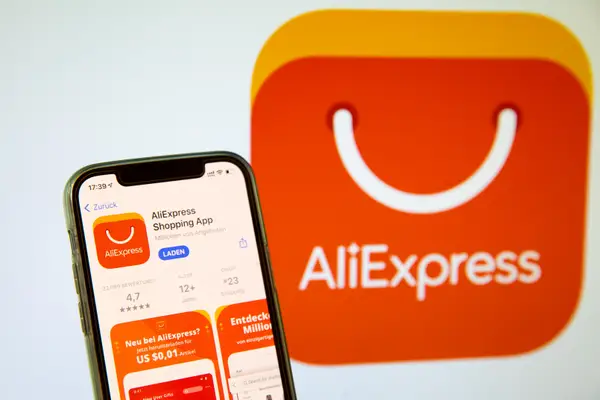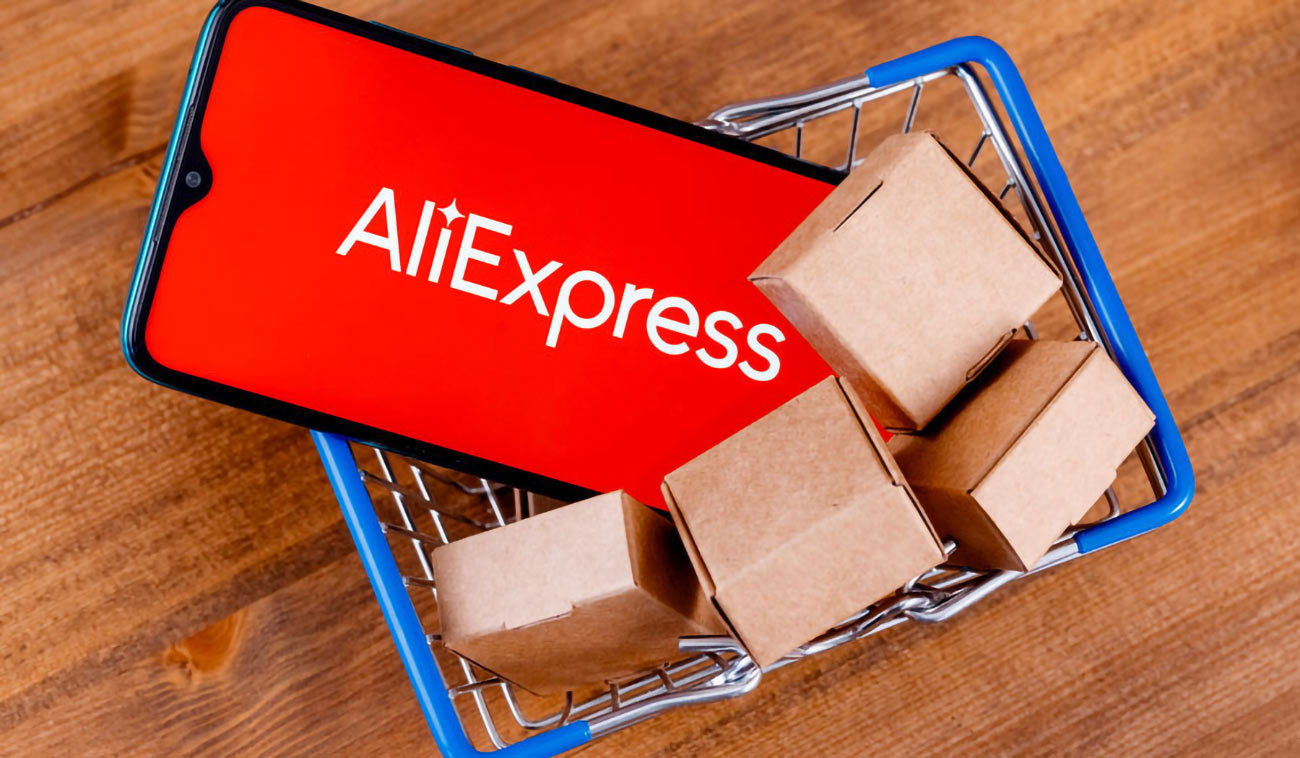Is there a cap on discount percentages during mega campaigns?

In today’s consumer-driven world, mega sales campaigns have become a staple across various industries. Retailers and brands frequently offer enticing discounts that draw customers in, but a common question arises: is there a cap on discount percentages during these mega campaigns? This article aims to provide a detailed overview of how discount percentages work during major sales events and what consumers should keep in mind as they navigate these enticing offers.
Understanding Mega Campaigns
Mega campaigns refer to large-scale sales events such as Black Friday, Cyber Monday, and other holiday sales. During these periods, customers are often presented with substantial discounts that can range significantly based on the product’s original price and the retailer’s strategy. These sales are designed to drive traffic, boost sales, and clear out inventory, making it crucial for both consumers and retailers to understand the mechanics behind such discounts.
Is There a Cap on Discount Percentages?
The short answer is no, there is typically no legal cap on discount percentages during mega campaigns. Retailers can choose to set their own discount levels based on various factors, including marketing strategies, inventory levels, and competition. However, this flexibility can often lead to confusion for consumers trying to determine the best deals.
How Retailers Determine Discounts
Retailers adopt various strategies when it comes to implementing discounts during mega campaigns:
- Market Research: Retailers often analyze market trends and competitors’ pricing to determine how much to discount their own products.
- Inventory Management: To clear out old stock or overstocked items, retailers might offer larger discounts on certain products.
- Profit Margins: Retailers must also consider their profit margins, ensuring that even with discounts, the sale remains financially viable.
The Psychology of Discounts
Discount percentages can evoke strong psychological responses in consumers. Research indicates that when shoppers perceive a deal to be significant, they are more likely to make a purchase. Here are some psychological factors at play:
- Perceived Value: Higher discount percentages give consumers a sense of greater value, even if the final price is still higher than they would typically pay at other times.
- Scarcity and Urgency: Limited-time offers create a sense of urgency, prompting consumers to buy before the deal expires.
- Aspirational Buying: Shoppers may feel that they can afford products they wouldn’t normally buy at full price when discounts are significantly high.
Implications of Discounting
While discounts can benefit consumers, they can have negative implications for retailers. Below are the potential outcomes:
- Reduced Profit Margins: Heavy discounting can lead to lower profit margins. Retailers must carefully balance attractive pricing with profitability.
- Brand Perception: Frequent heavy discounting may lead consumers to perceive a brand as less valuable or prestigious.
- Customer Expectations: If consumers become accustomed to high discounts, they may delay purchases until sales events, impacting regular sales.
Different Types of Discounts
Discounts during mega campaigns come in several forms:
- Percentage Discounts: Commonly seen as “30% off” or “50% off,” these discounts are straightforward and easily understood by consumers.
- Buy One Get One (BOGO): This type encourages customers to purchase more than they originally intended, increasing overall sales.
- Flash Sales: Time-limited discounts can spur immediate purchases due to their temporary nature, emphasizing urgency.
- Tiered Discounts: These are structured so that the more a customer spends, the larger the percentage discount they receive on their total purchase.
Understanding Pricing Strategies
To navigate the world of mega campaign discounts effectively, consumers need to understand various pricing strategies:
- Loss Leader Pricing: Retailers might sell certain products at a loss to attract customers, hoping they’ll purchase additional items at full price.
- Bundle Pricing: Retailers can offer discounts on bundled products, enticing consumers to buy more than they initially planned.
- Psychological Pricing: Setting prices just below a round number (e.g., $49.99 instead of $50) can make consumers perceive a better deal.
How to Maximize Savings During Mega Campaigns
To take full advantage of discounts during mega campaigns, consumers can employ several strategies:
- Research Ahead: Look into products and prices ahead of time to have a baseline for comparison.
- Sign Up for Newsletters: Many retailers offer exclusive discounts or early access to sales for newsletter subscribers.
- Create a Wishlist: Prioritize items you truly need or want to avoid impulse purchases during sales.
- Compare Prices: Use price comparison websites or apps to ensure you’re getting the best deal.
- Check Return Policies: Understand the return policies on discounted items, as some retailers have stricter rules for sales items.
The Role of E-commerce in Mega Campaigns
With the rise of e-commerce, mega campaigns have expanded significantly online. This shift has changed how discounts are implemented and promoted:
- Broader Reach: Online mega campaigns can target a global audience, unlike traditional brick-and-mortar stores.
- Dynamic Pricing: E-commerce platforms can rapidly change prices and discounts based on consumer behavior and inventory levels.
- Personalization: Online retailers can use consumer data to personalize discounts based on previous purchases or browsing behavior.
Legal Regulations Surrounding Discounts
While there is no cap on discount percentages, retailers must adhere to legal regulations regarding advertising and pricing. Here are some key points to consider:
- Truth in Advertising: Retailers must not mislead consumers about the nature or extent of discounts offered.
- Minimum Advertised Price (MAP): Some brands enforce minimum pricing policies that limit how low retailers can advertise their products.
- Sale Definitions: Clear definitions of what constitutes a sale (e.g., discounting from a regular price) help consumers understand the true value.
Consumer Awareness and Education
As a consumer, being aware of the intricacies of discounting and mega campaigns can empower you to make informed decisions. Understanding the factors affecting discount percentages and the tactics used by retailers can enhance your shopping experience:
- Stay Informed: Follow industry trends and consumer reports to learn more about effective discounting practices.
- Educate Others: Share insights with friends and family to foster a community of informed consumers.
- Participate in Discussions: Engage in forums and social media groups dedicated to shopping tips and advice.
The Future of Discounts in Retail
As retail dynamics continue to evolve, the strategies surrounding discounts will also adapt. Here are some future trends to watch:
- Increased Use of Technology: Advanced algorithms and artificial intelligence may further streamline how discounts are calculated and offered.
- Sustainability and Ethical Practices: Brands might focus on sustainable practices, which could influence discount strategies and consumer choices.
- Globalization: As more brands enter international markets, discount strategies may vary greatly across regions, leading to consumer education about local practices.
In conclusion, understanding the nuances of discounts during mega campaigns is crucial for savvy consumers. By being informed and strategic about purchasing decisions, consumers can maximize their savings and enjoy the shopping experience to the fullest. As mega campaigns continue to shape the retail landscape, staying educated about discount practices will empower buyers to make the best choices for their needs.

LINK:
During mega campaigns, consumers often wonder about discount limits. While many retailers do provide substantial discounts, it’s common for companies to establish caps on discount percentages to protect their profit margins. These caps can vary widely depending on the business model, product category, and competitive landscape. Understanding these limits can help shoppers set realistic expectations and maximize their savings. It’s also worth noting that exceeding such limits may lead to different promotions, bundled offers, or loyalty incentives that are still valuable. Therefore, it’s essential to stay informed about the specifics of each campaign before making a purchase decision.
FAQ
Is there usually a cap on discount percentages during mega campaigns?
Yes, many retailers impose a limit on discount percentages to maintain profit margins and ensure sustainability. This cap can vary from one company to another.
What factors determine the cap on discount percentages?
The cap on discount percentages may depend on factors like the product category, market competition, and the overall pricing strategy of the retailer.
Can I find discounts higher than the cap during mega campaigns?
While rare, sometimes retailers may offer special promotions or bundled deals that provide additional savings, effectively exceeding the typical discount cap.
How can I stay informed about discounts during mega campaigns?
Subscribe to newsletters, follow retailers on social media, and check their websites regularly for announcements about upcoming mega campaigns and discount offers.
Are there usually hidden costs even with high discounts?
Yes, even with high discounts, be aware of potential hidden costs like shipping, handling fees, or taxes, which can affect the final price you pay.


